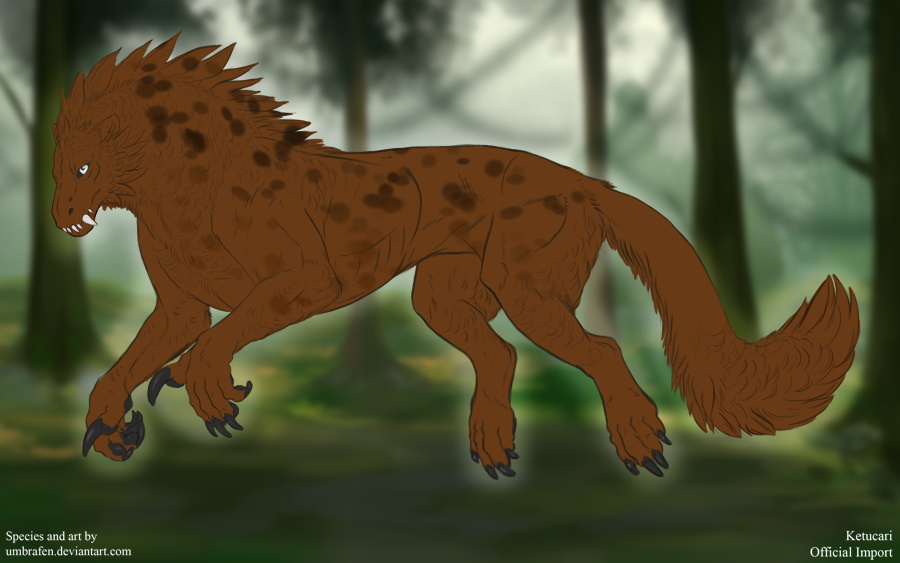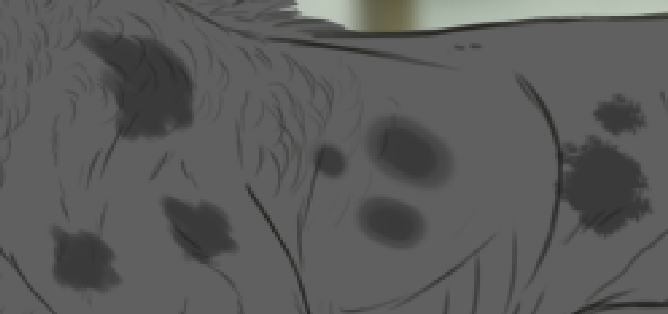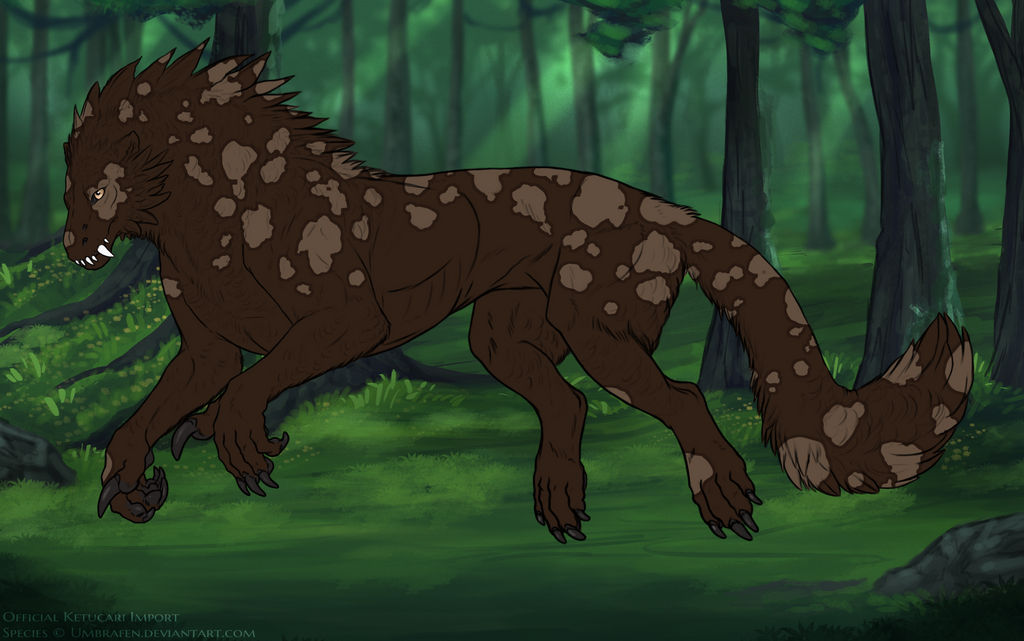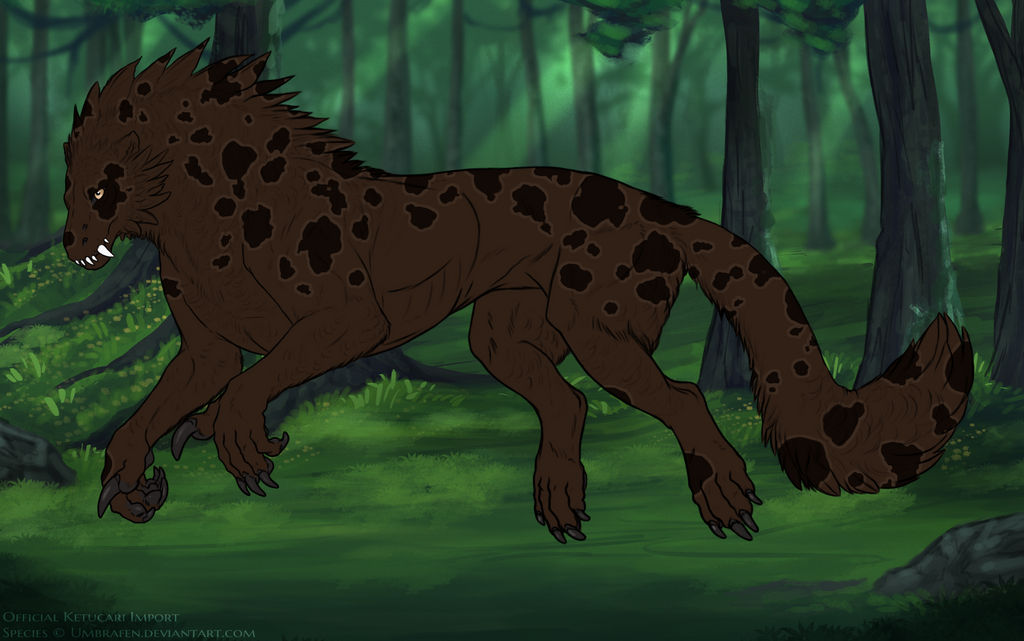MOONSPOTS
Examples

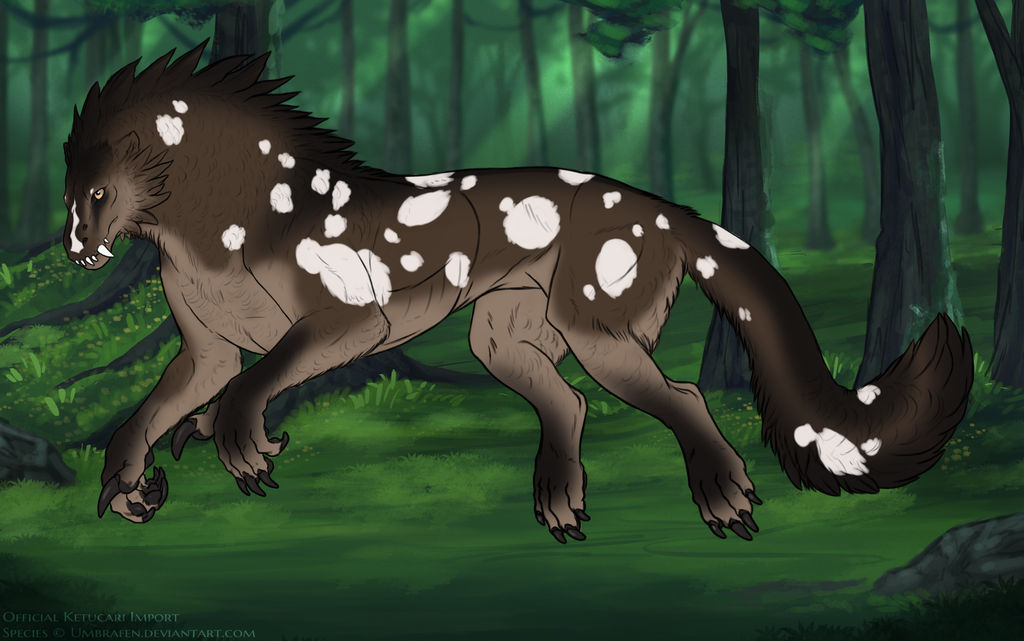
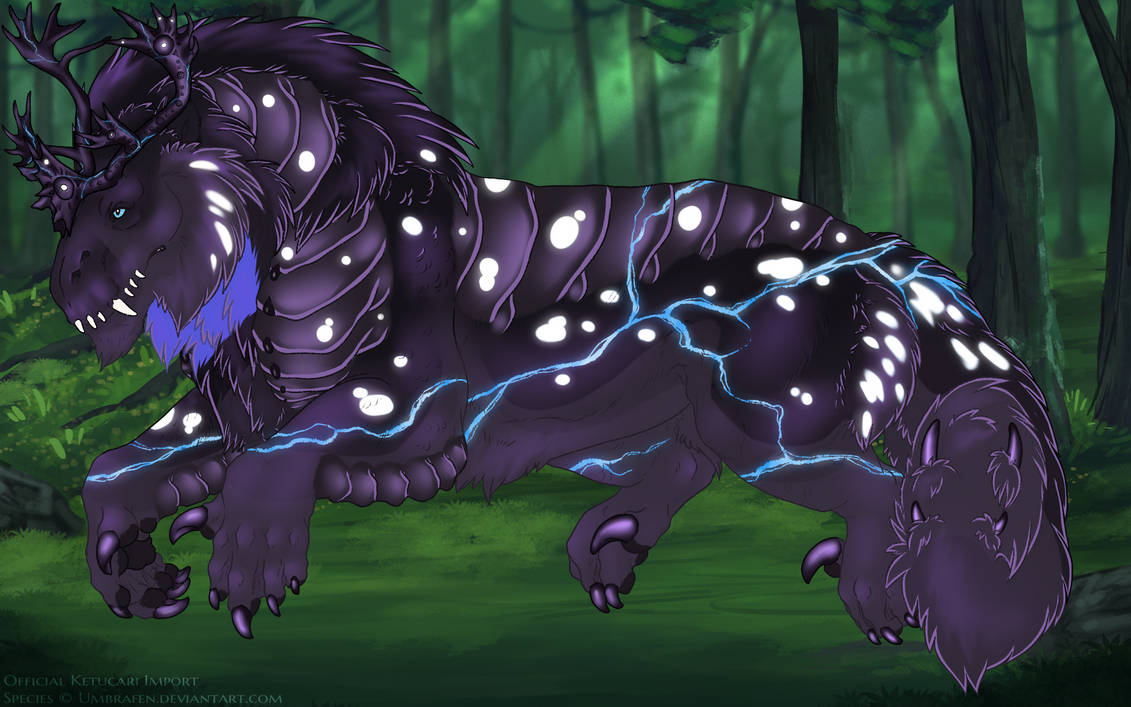
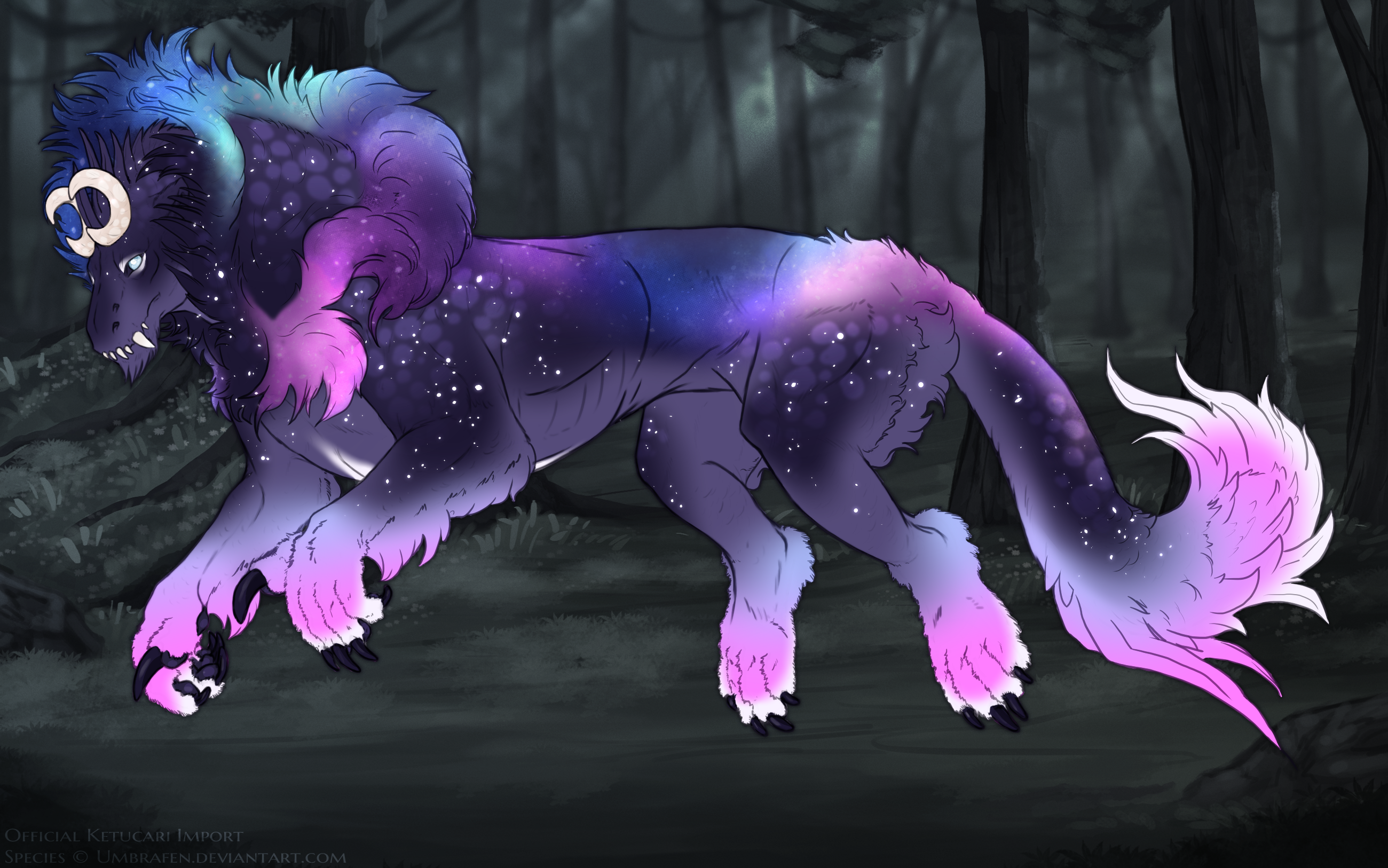
Real life examples:
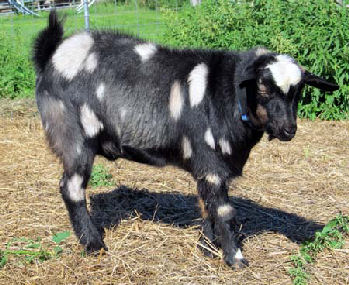
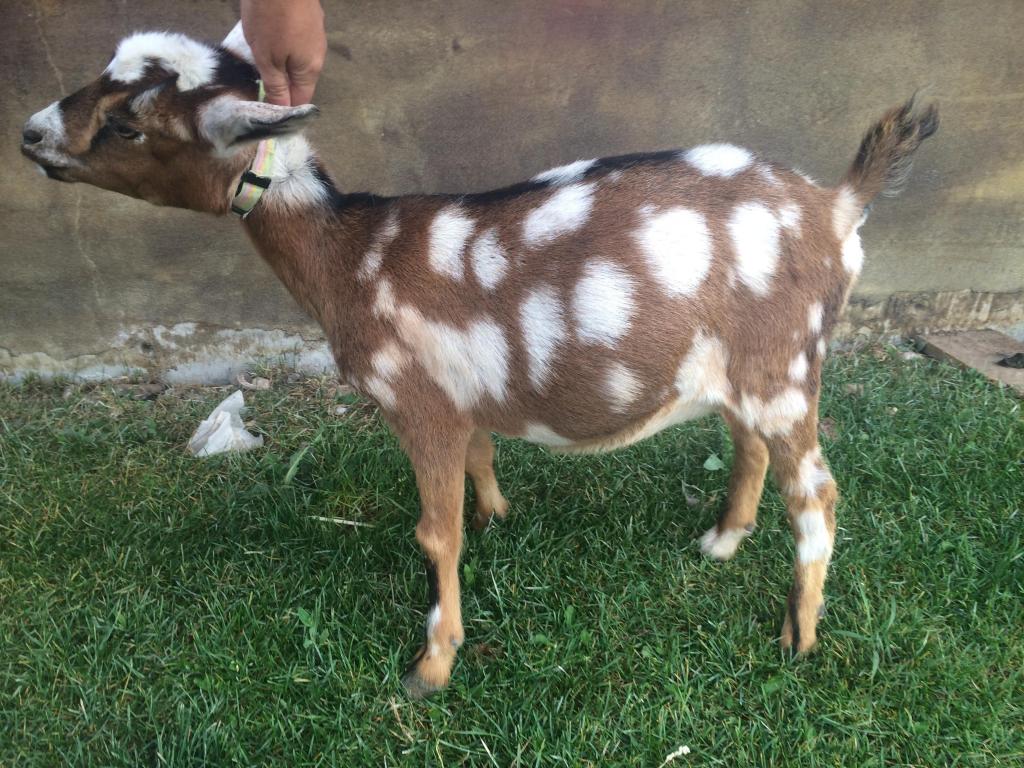
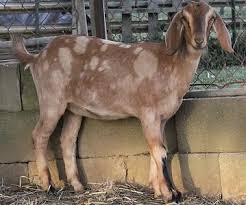
Basics
ColoR
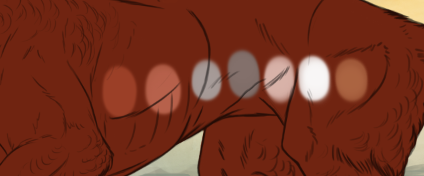
These colors would be acceptable for this base color. They are either a lighter version of the base, or a lighter and desaturated version of the base. The last color on the right shows a minor deviation in hue, and is slightly more yellow than the base itself. Notice that this small change is not overbearing.
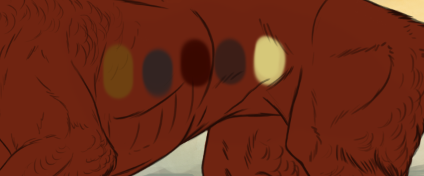
These colors would be unacceptable for moonspots. They are either darker than the base coat or have too drastic a hue shift.
Shapewise, Moonspots can have soft or hard edges. Moonspots can have any of the shapes below. A single ketucari can have a combination of different spot types. In long feathers, the spots may be a bit blended or "stretched out" to show the texture of the feathers.
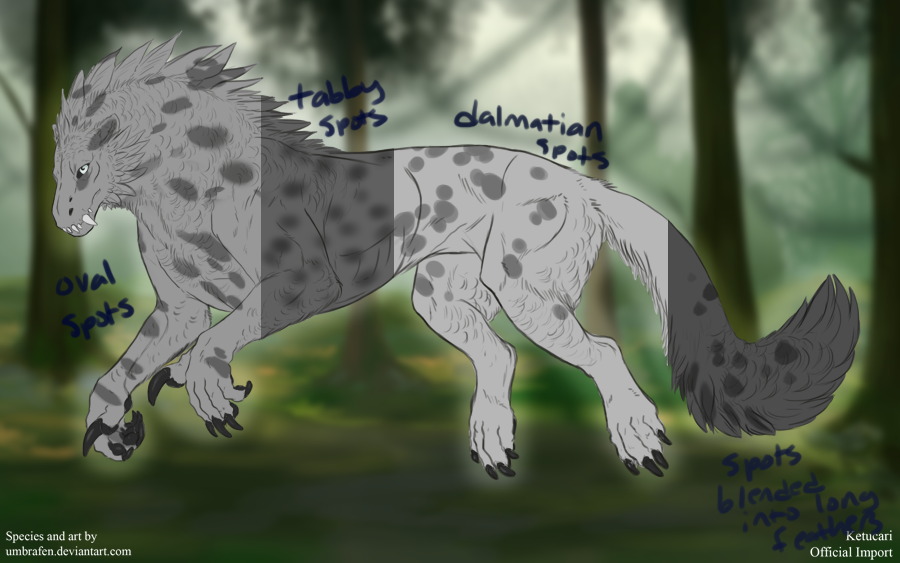
Here're the min and max size for Moonspots
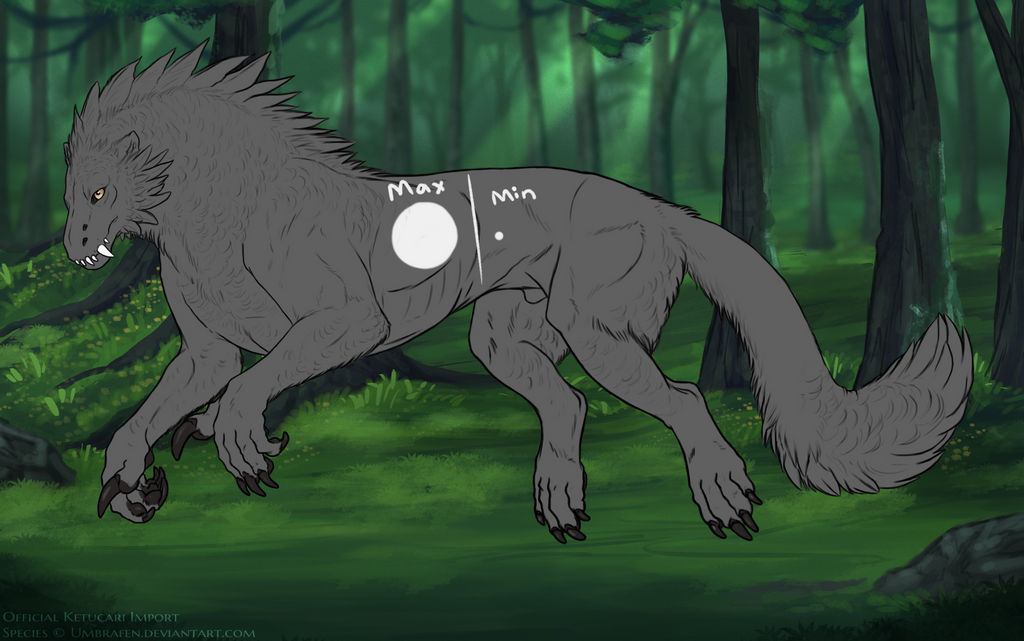
Range
Try to not make it resemble mottling or vitiligo.
Lighter Inner Color and Darker Outer Ring:
Or Darker Inner Color and Lighter Outer Ring
If a ketucari has strand, marbling, and moonspots, the three may be combined to make a pattern similar to a king cheetah, but the color of the king cheetah marking will be pale.
Moonspots may also combine with just marbling to make pale rosettes!
Moonspots may also combine with just marbling to make pale rosettes!
The ketucari below is an example of king cheetah using moonspots instead of spotting:
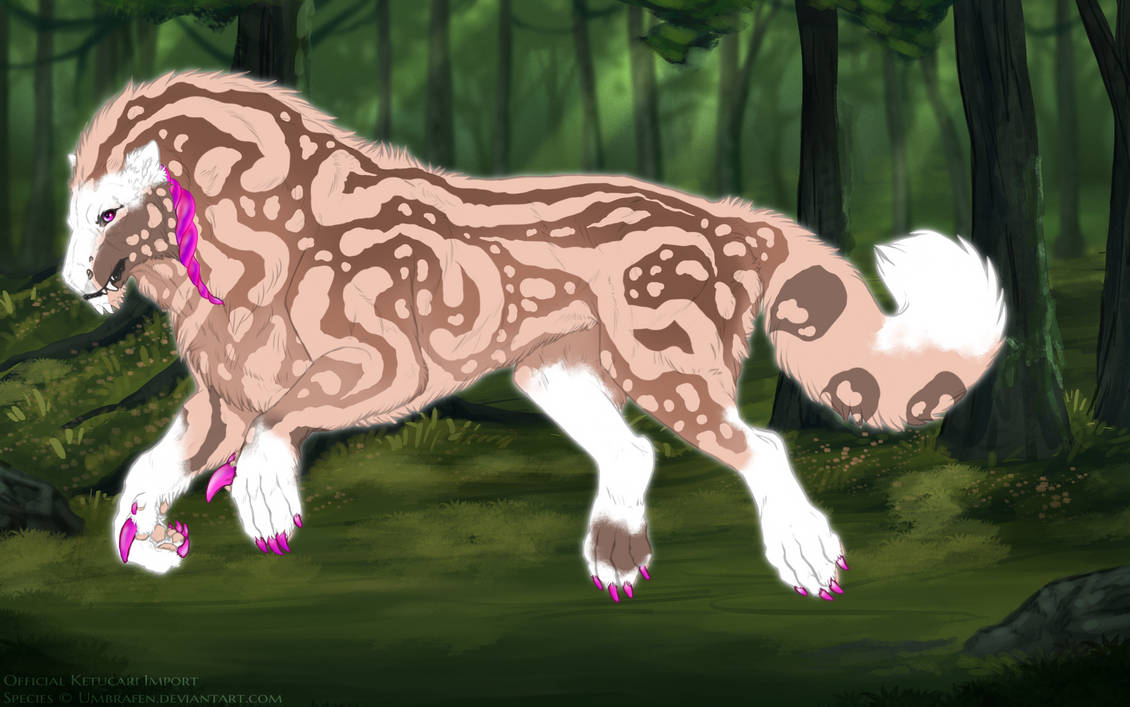
Accents
